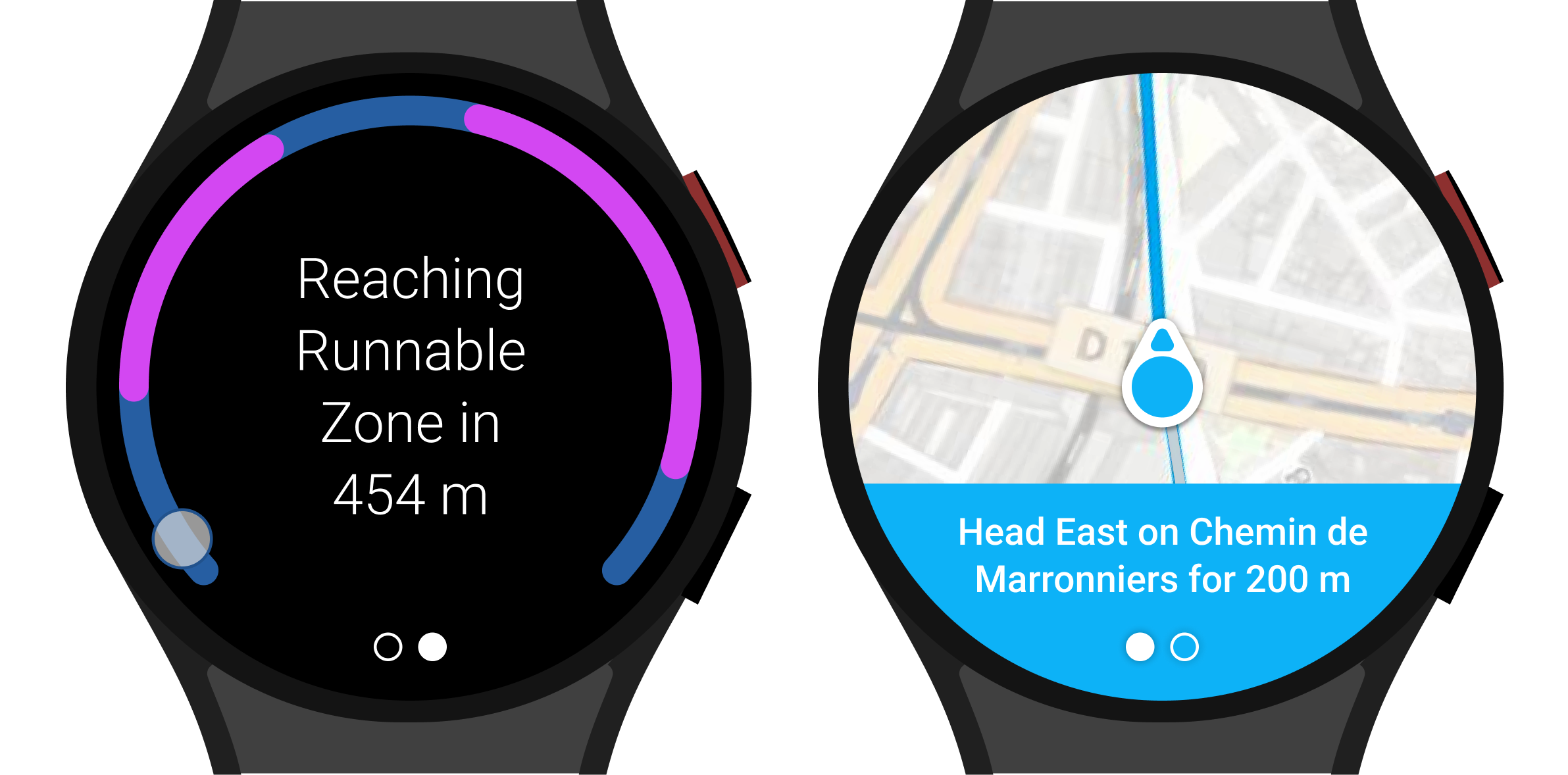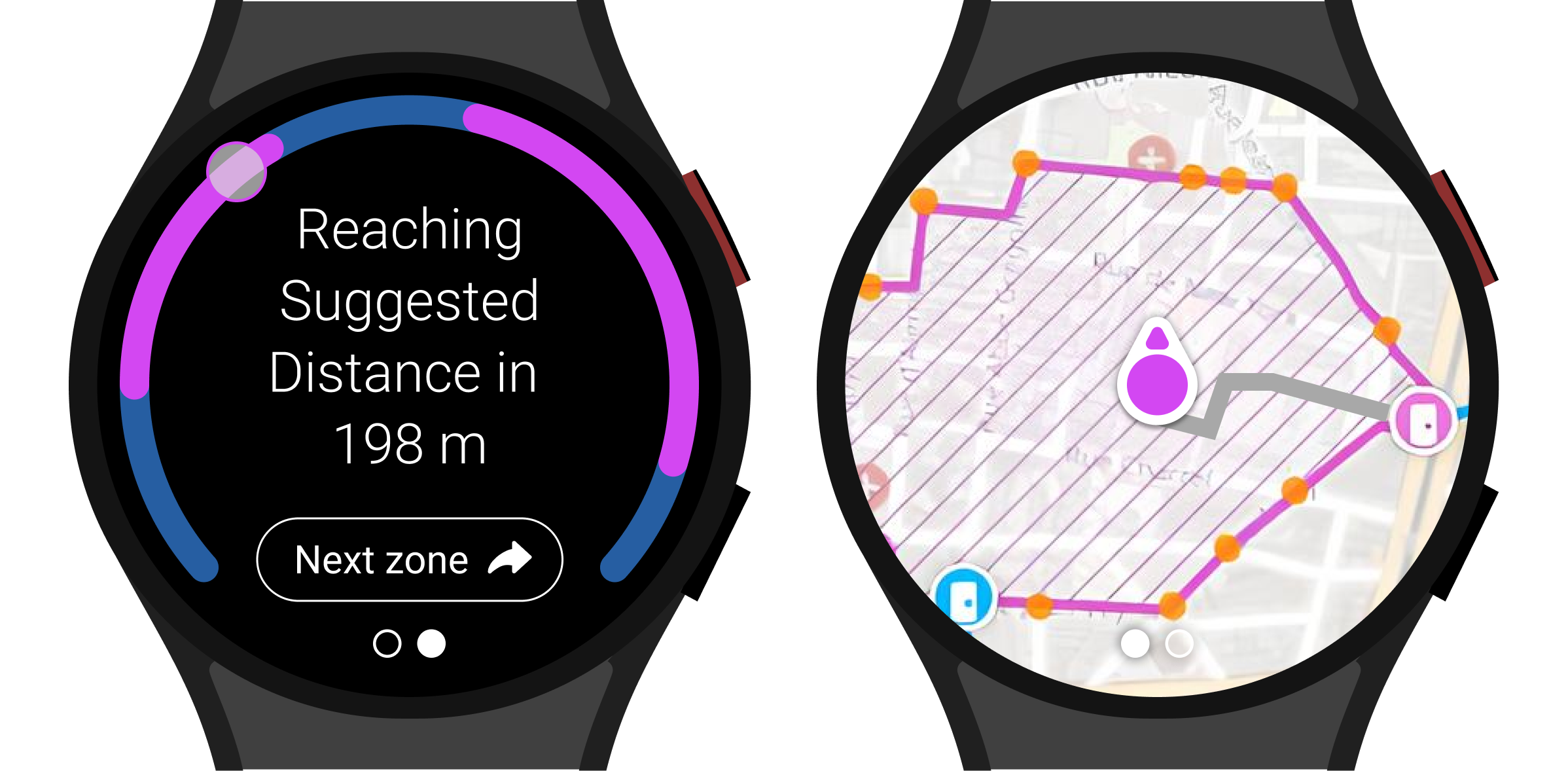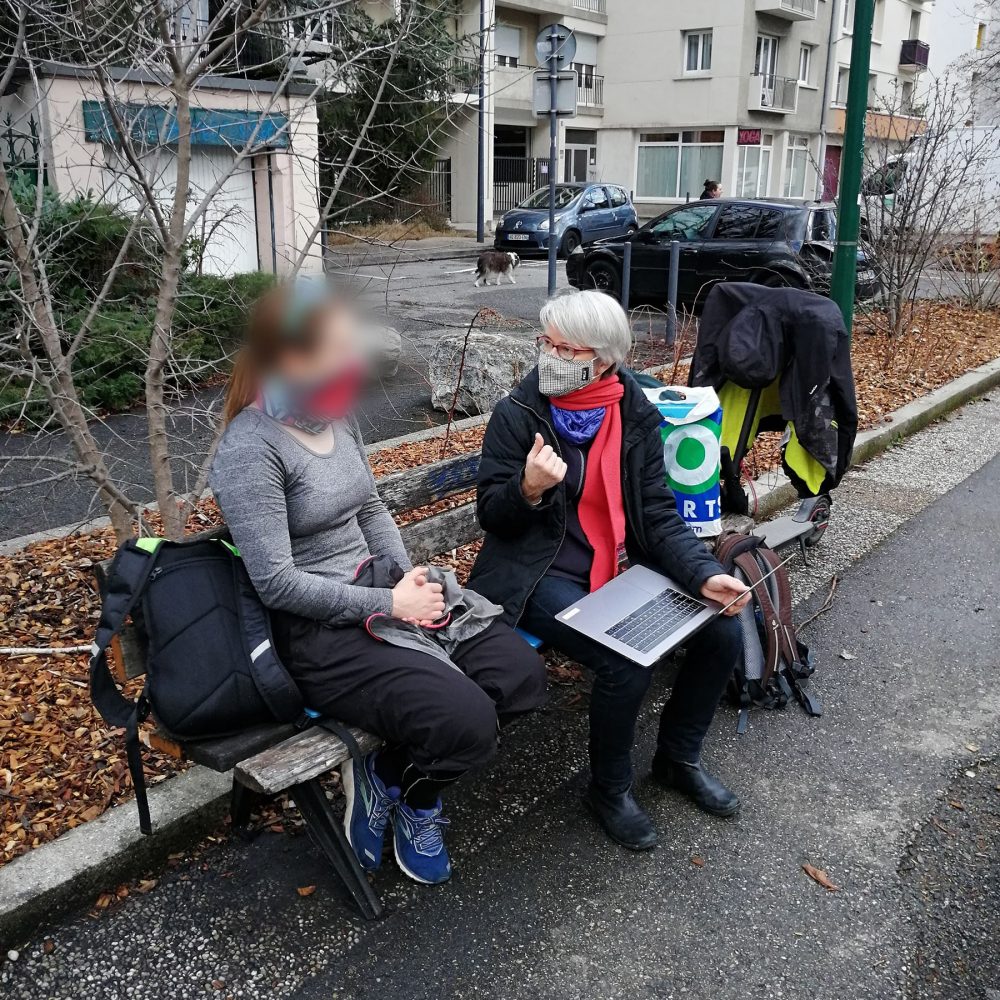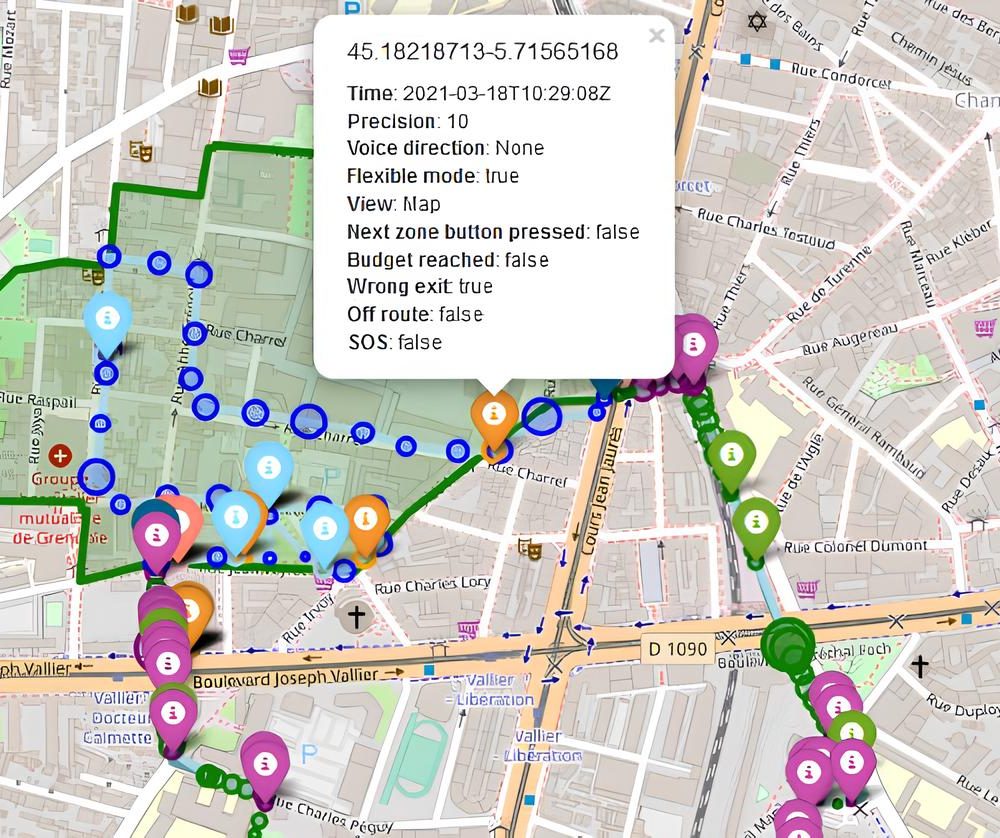Flexible Navigation. Connected Runnable Zones
Runners want to actively explore unknown environments without the fear of getting lost. To address this interest, we designed a system that supports exploratory running through fexible tours that let runners explore the best running areas in a neighbourhood.
PROBLEM STATEMENT.
Exploratory running in unfamiliar environments poses significant challenges, such as the risk of getting lost or the disruption caused by traditional navigation support. Runners wish for a seamless integration of exercise and exploration, needing a solution that offers freedom to explore while ensuring safety and orientation.
EXPLORATORY STUDY.
We conducted user interviews and a survey (n139) to gather insights on runners’ preferences and challenges faced in unfamiliar settings. We found that a large majority of the respondents explore new paths or would like to do so. Nearly half of those runners pre-select interesting areas to explore, mainly because they are pleasant and easy to access, and most of them rather explore the various paths that these pre-selected areas contain instead of repeating the same loops.
Our research revealed a strong desire for a balance between guided navigation and freedom to explore. It also provided insights into the type of technologies runners used to support their activity. The study highlighted the limitations of existing navigation solutions, which often either restrict runners’ exploratory instincts or leave them feeling disoriented.
CONCEPT.
Our concept focuses on automatically identifying zones within neighbourhoods that are optimal for running, based on factors like road safety, greenery, low traffic, and the presence of paths that would enable uninterrupted running. By linking these runnable zones through fixed paths and providing adaptive navigation support, the system allows runners to reach their target distance and immerse in their surroundings without the constant need for disruptive navigation cues, ensuring an enjoyable running experience.
Support in Connecting Paths
The smartwatch app provides turn-by-turn guidance towards the nearest runnable zone. It provides visual cues, paired with voice commands and haptic feedback.

USER EVALUATION.
LEARN MORE.
Apparatus and Method for Hybrid Navigation of a Pedestrian Tour
Shreepriya, Gallo, Willamowski. US20220113143A1. Patent →
FlexNav: Flexible Navigation and Exploration through Connected Runnable Zones
Willamowski, Shreepriya, Legras, Gallo. 2022. Conference on Human Factors in Computing Systems. Full paper (CHI). Paper & Video →









